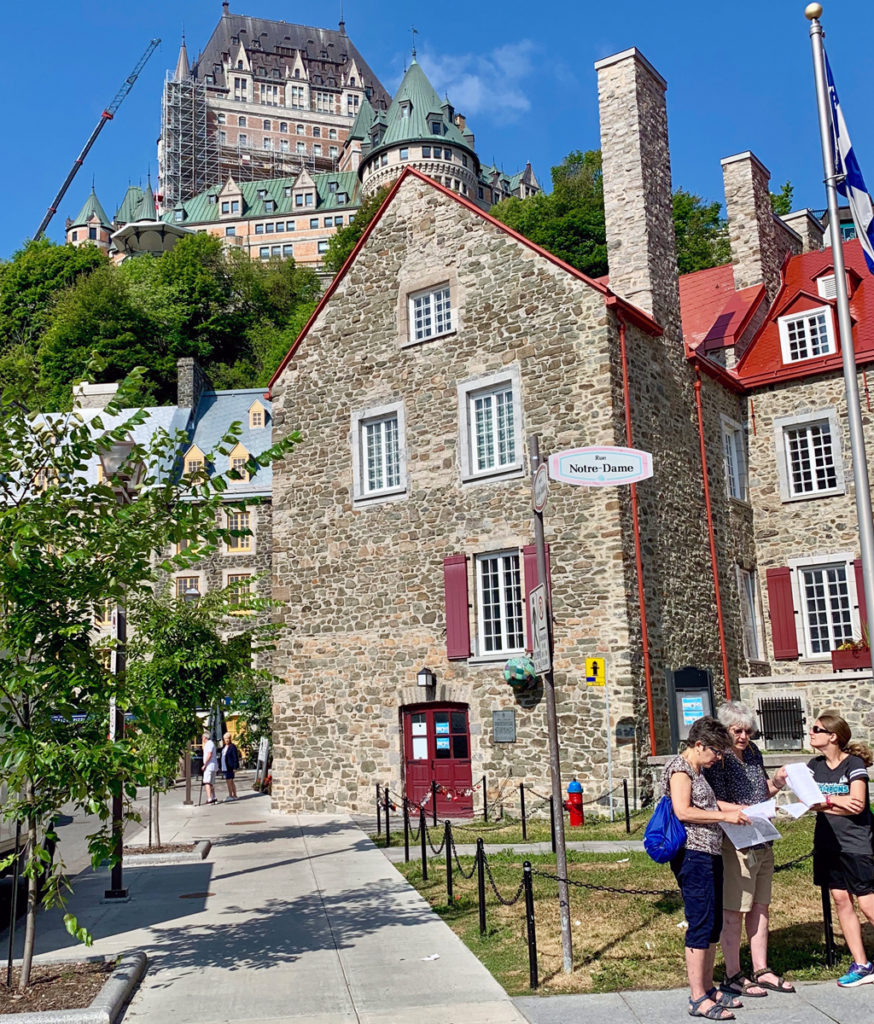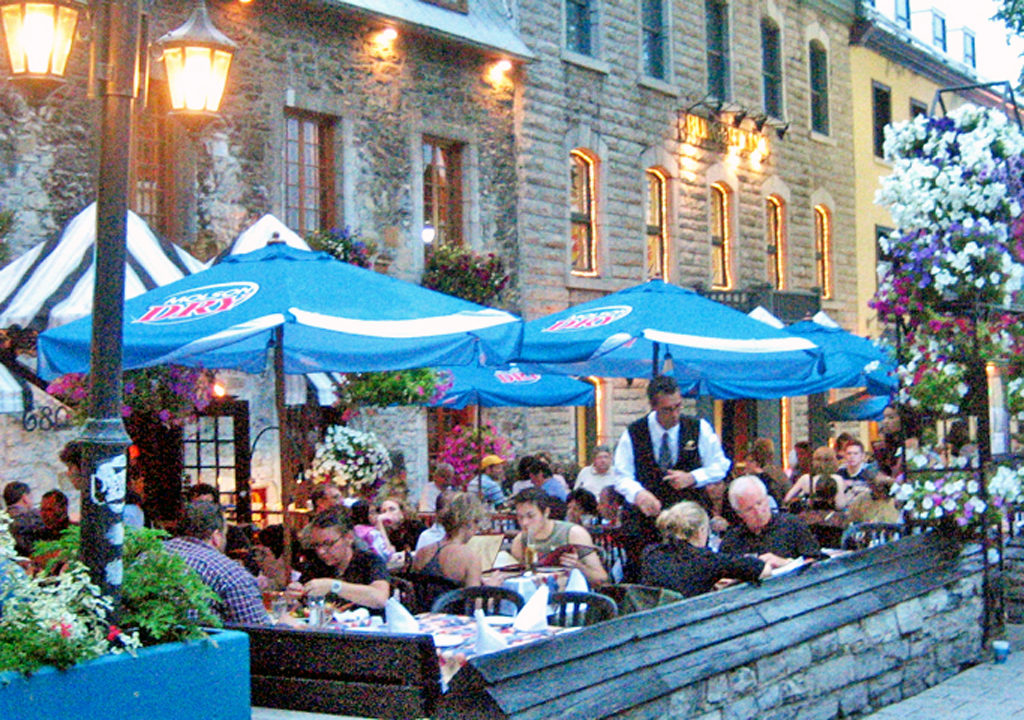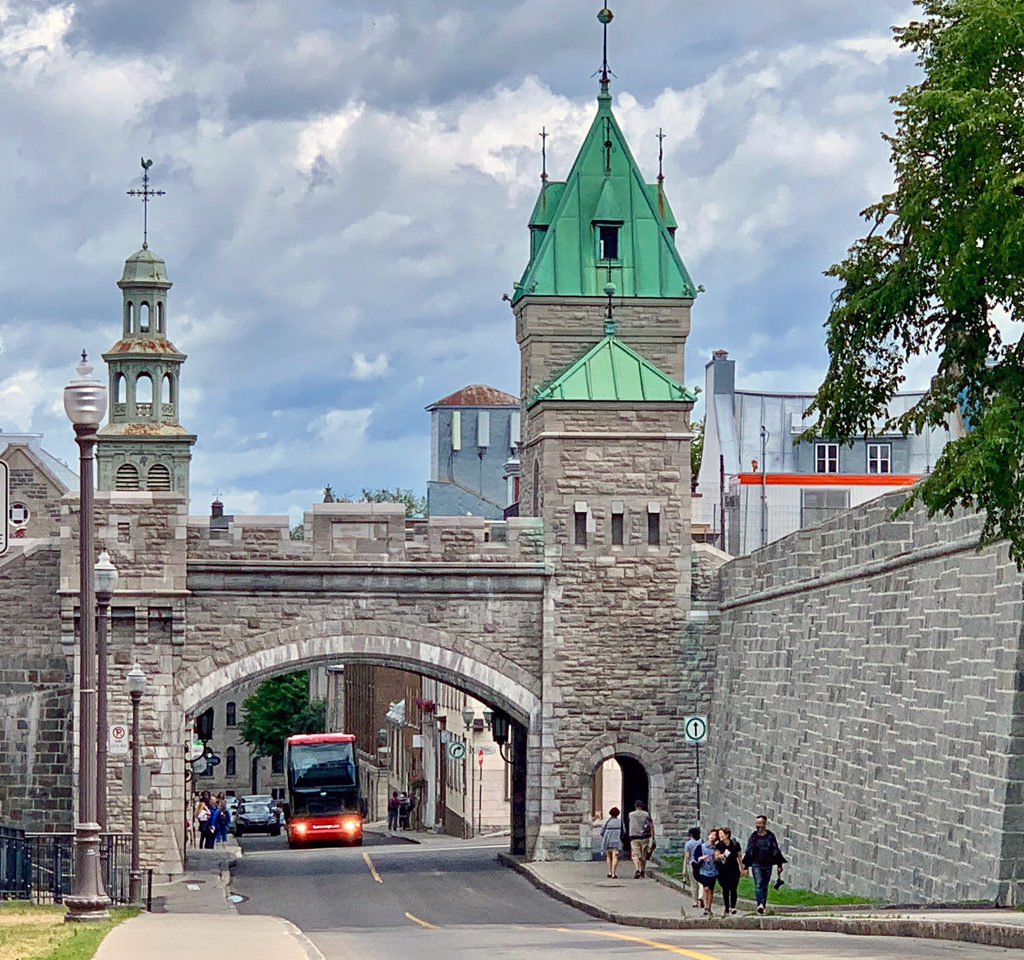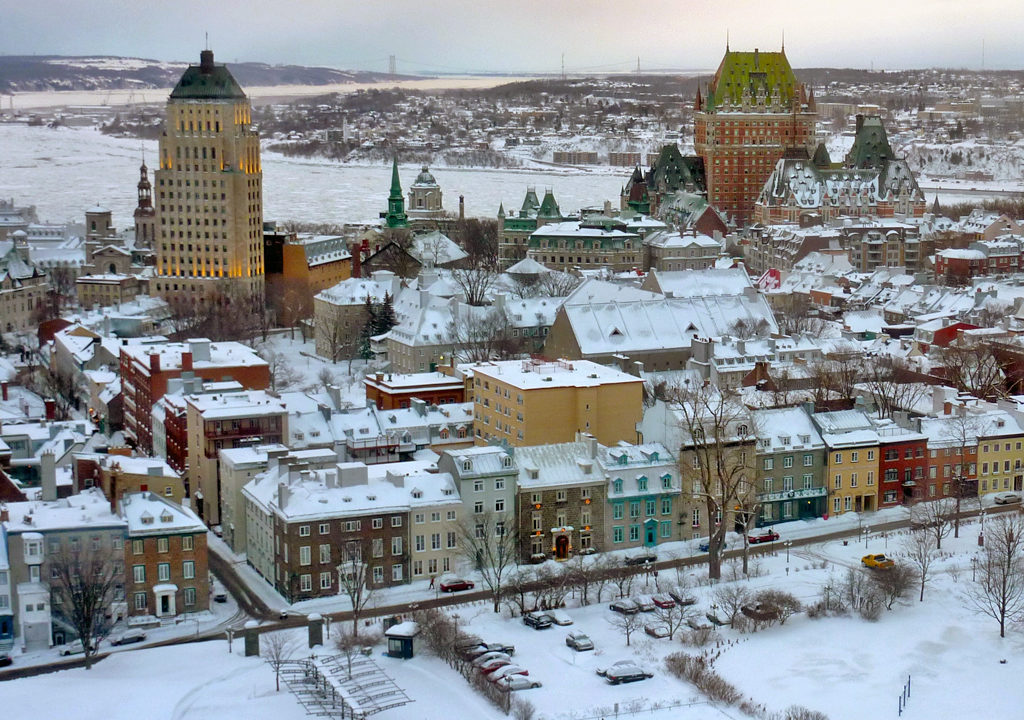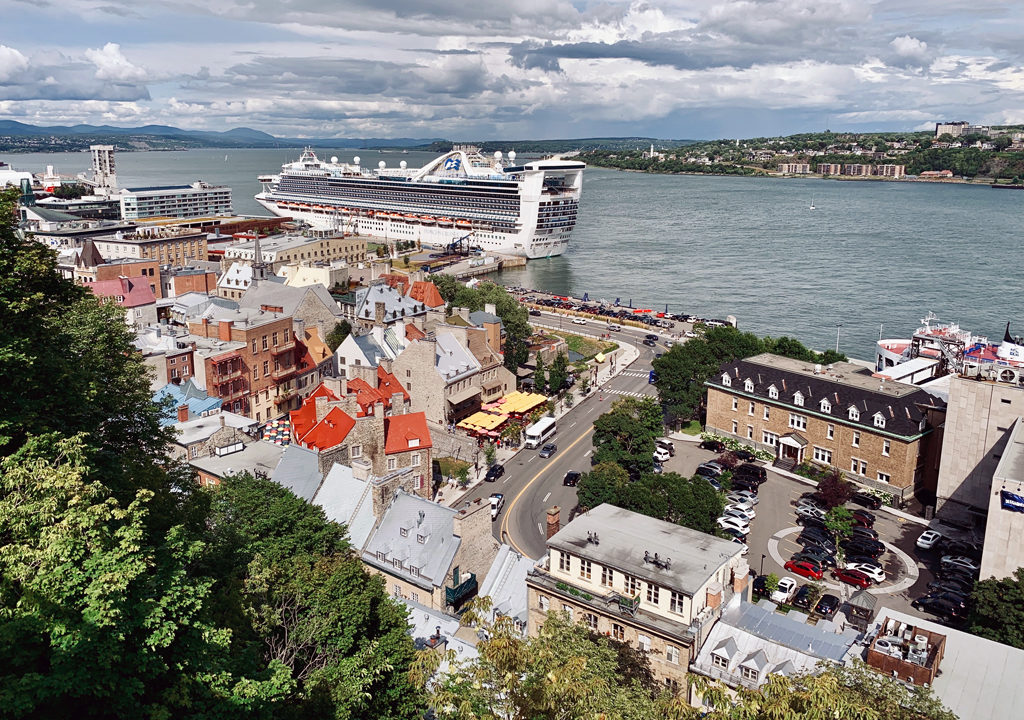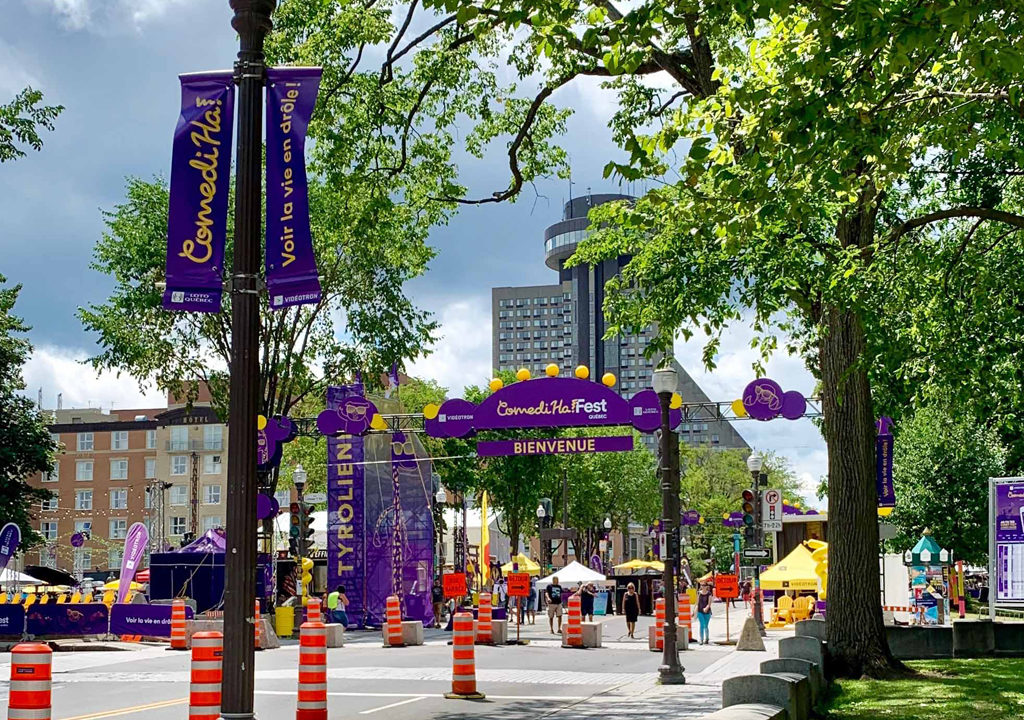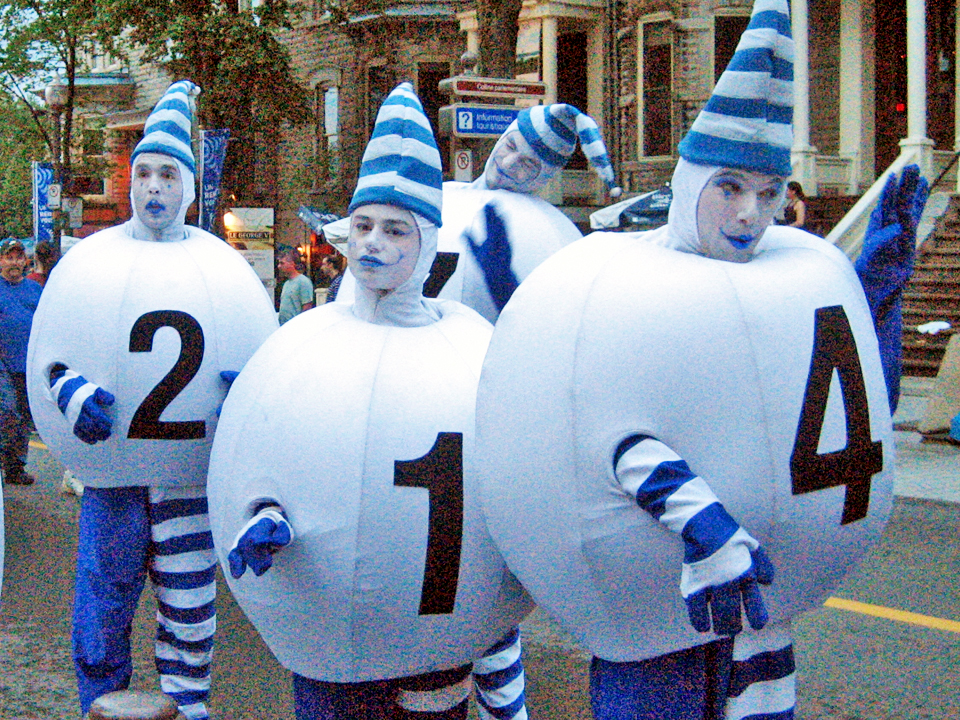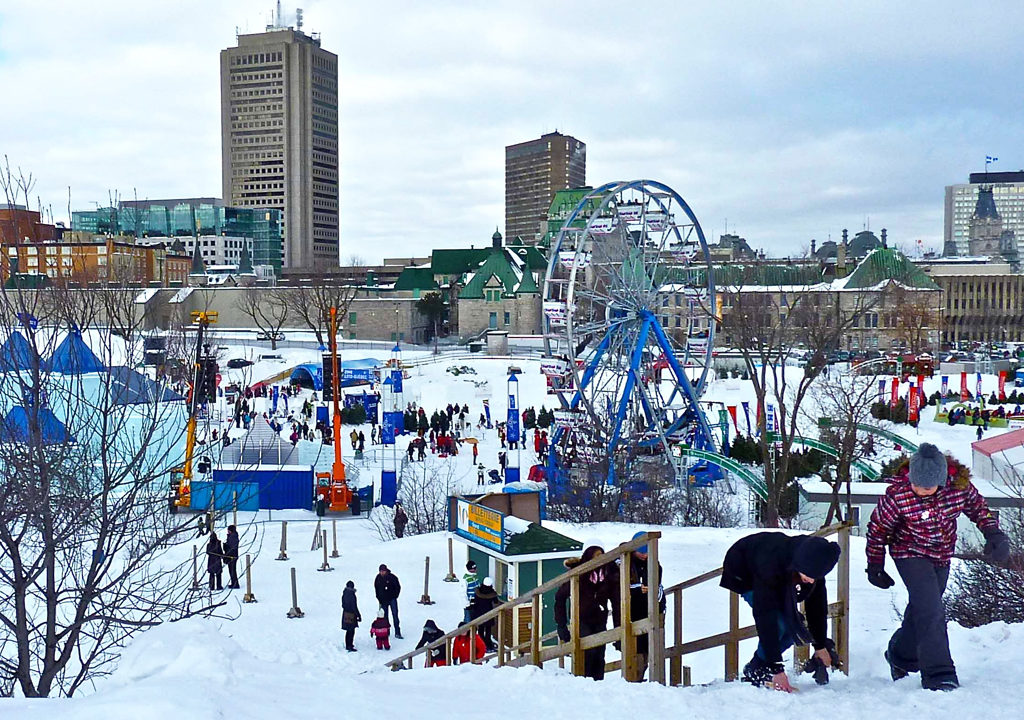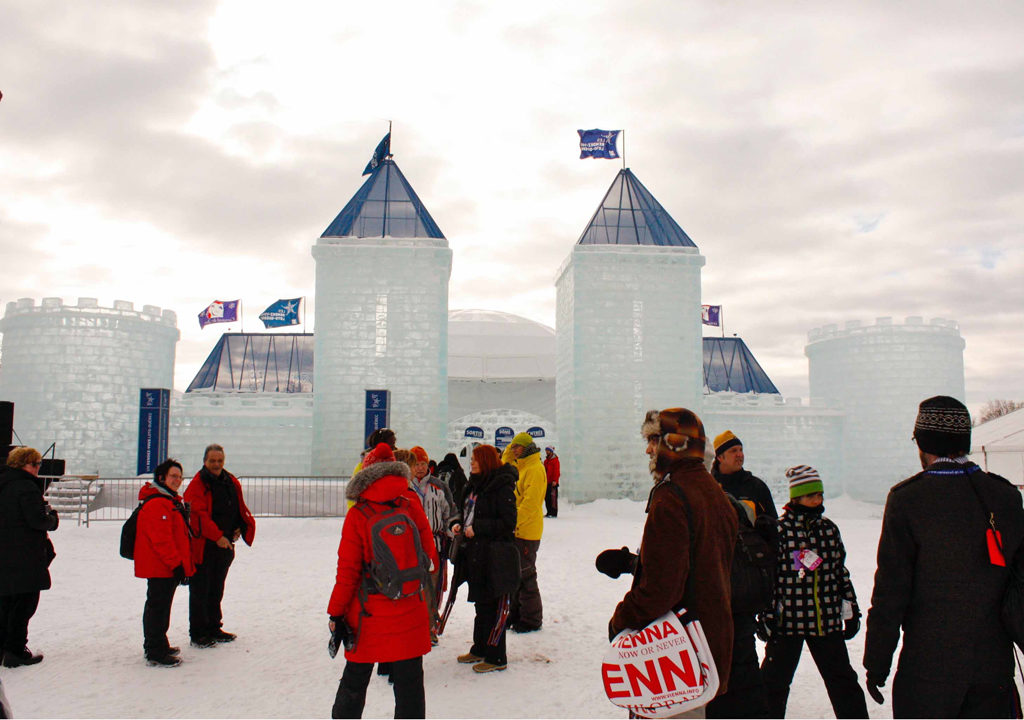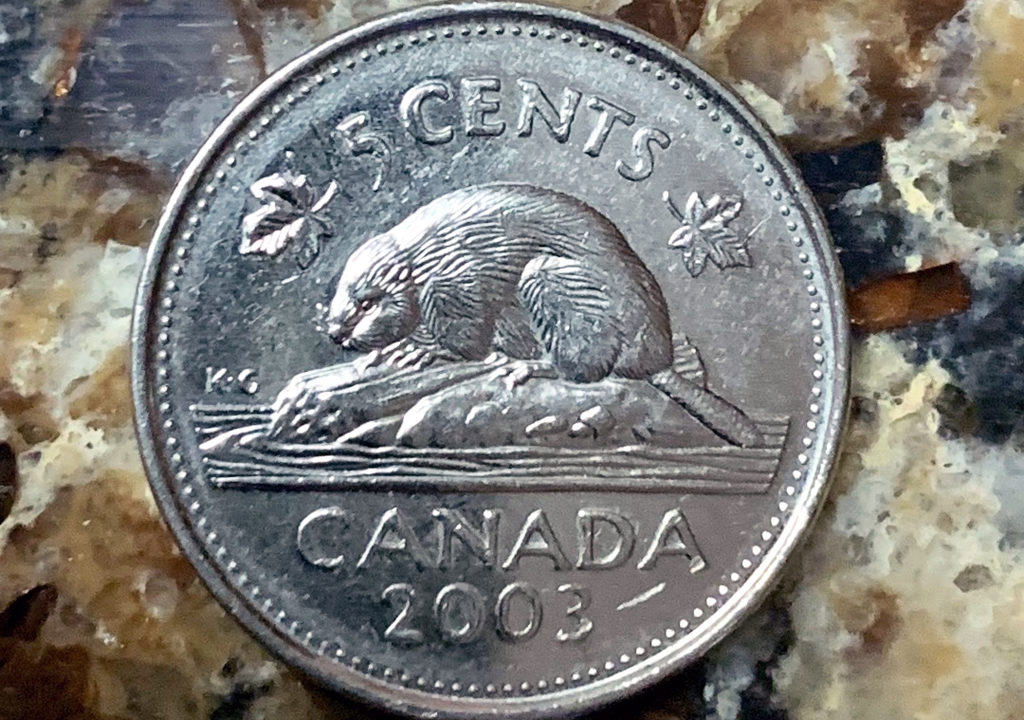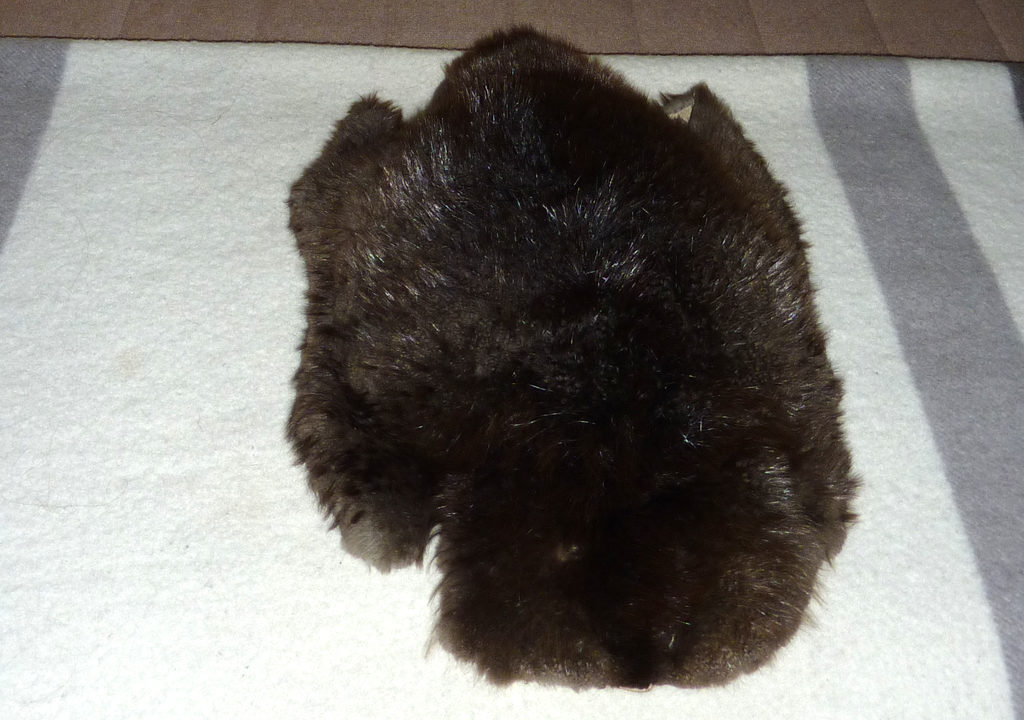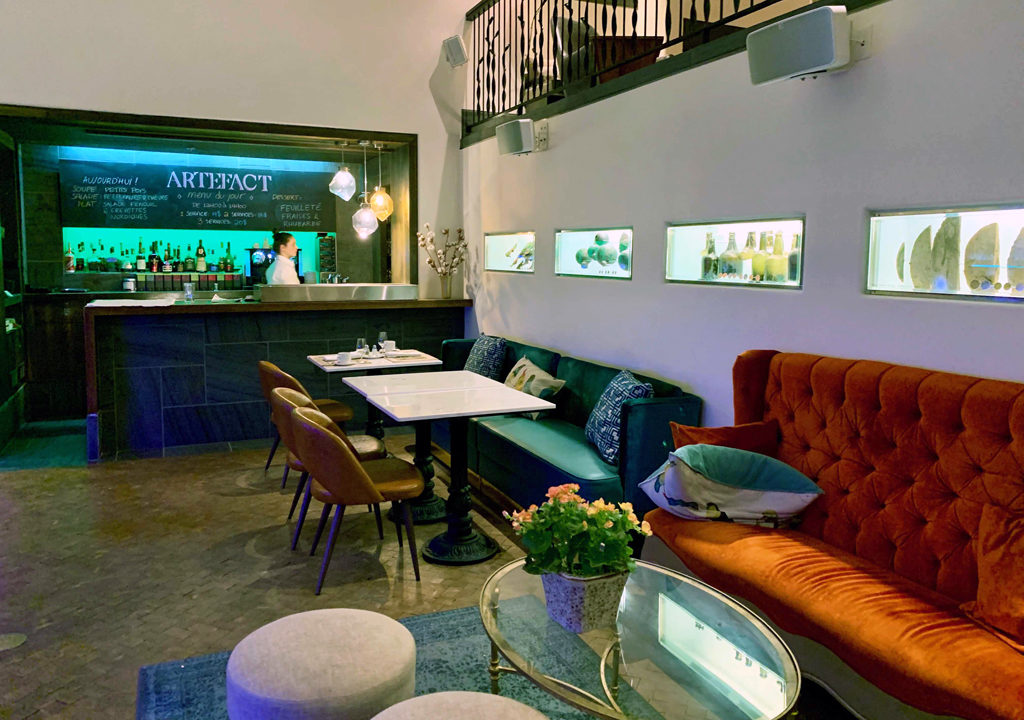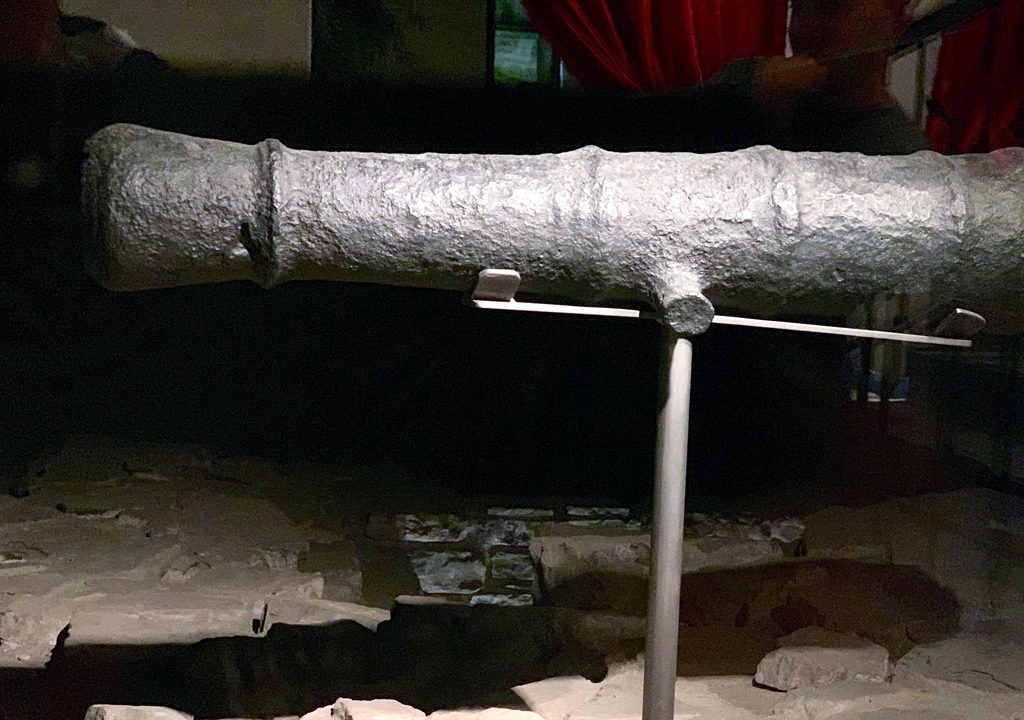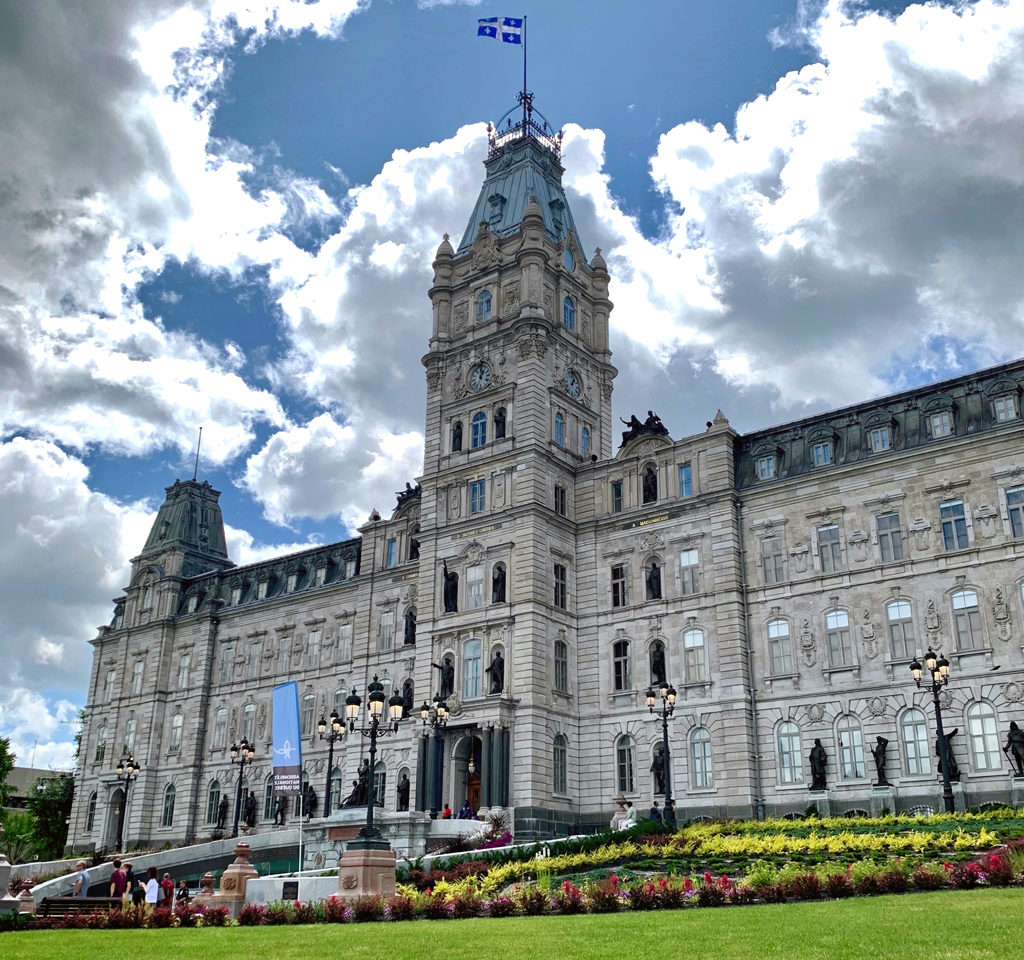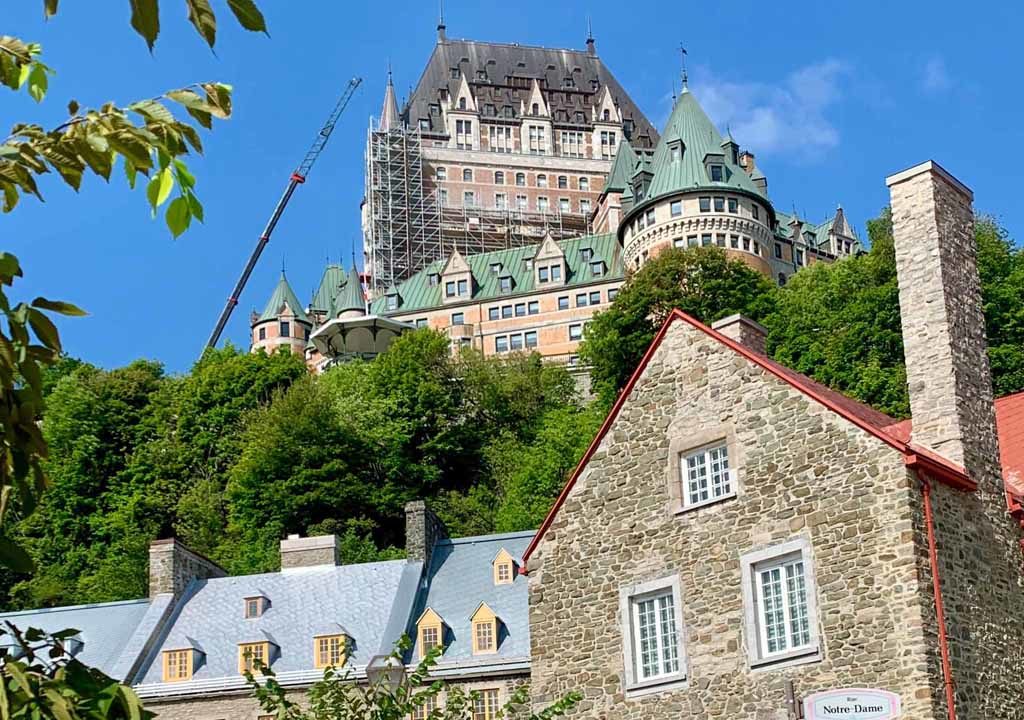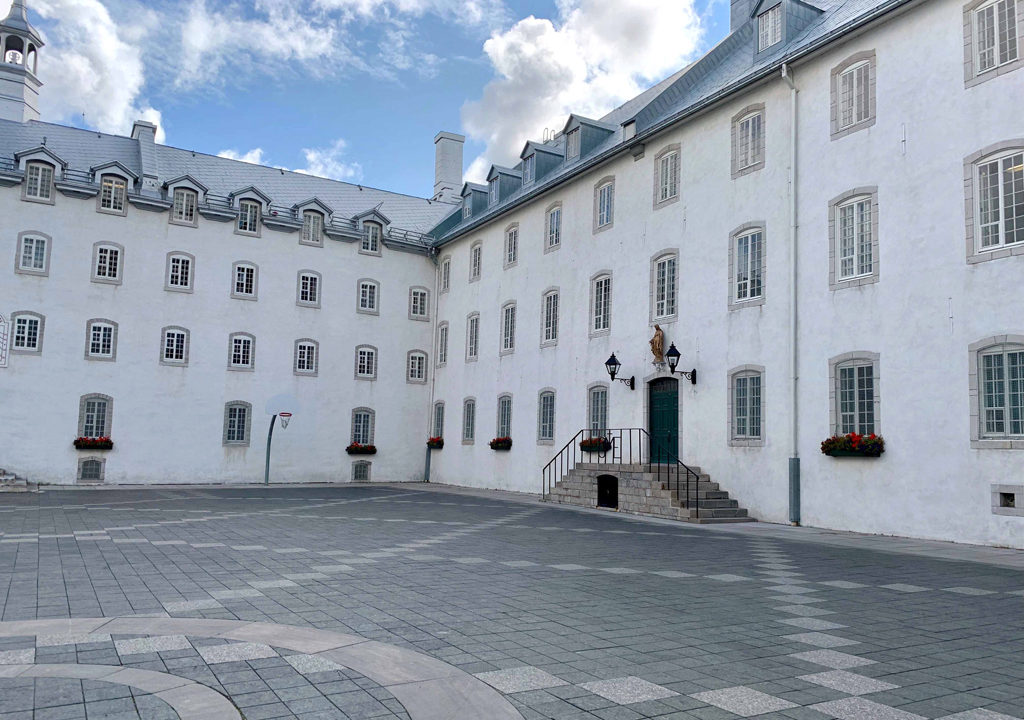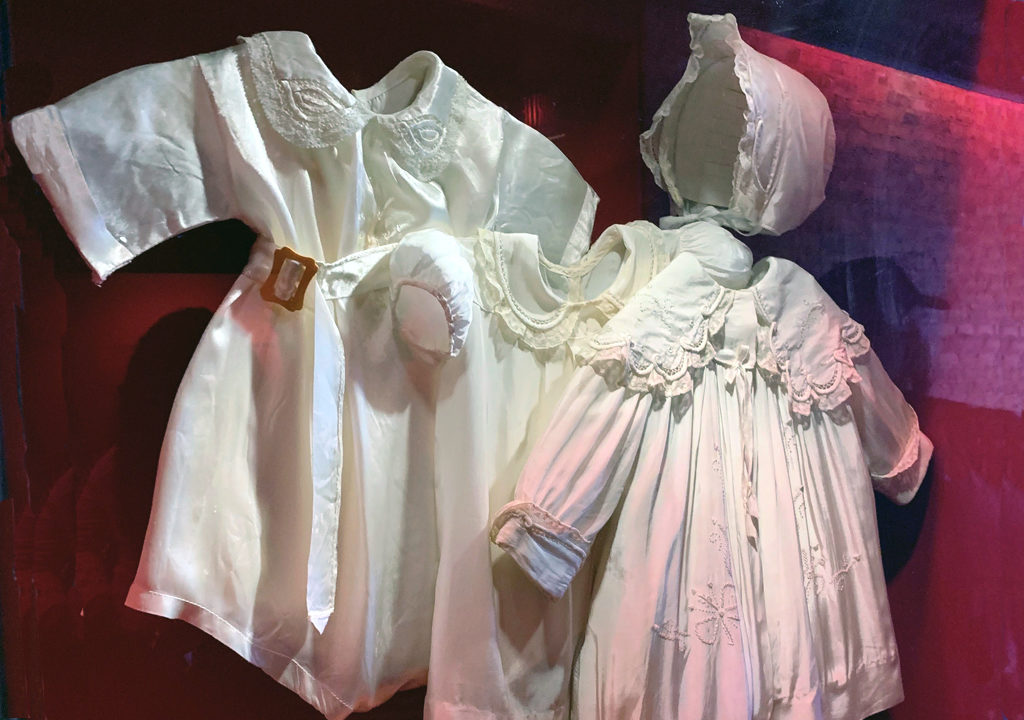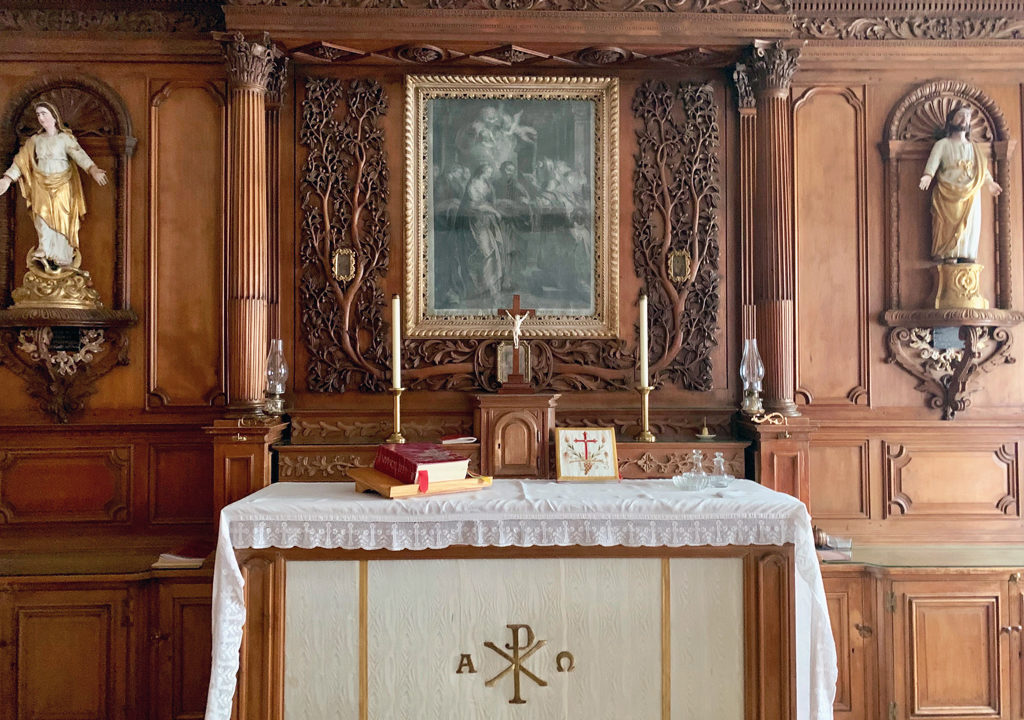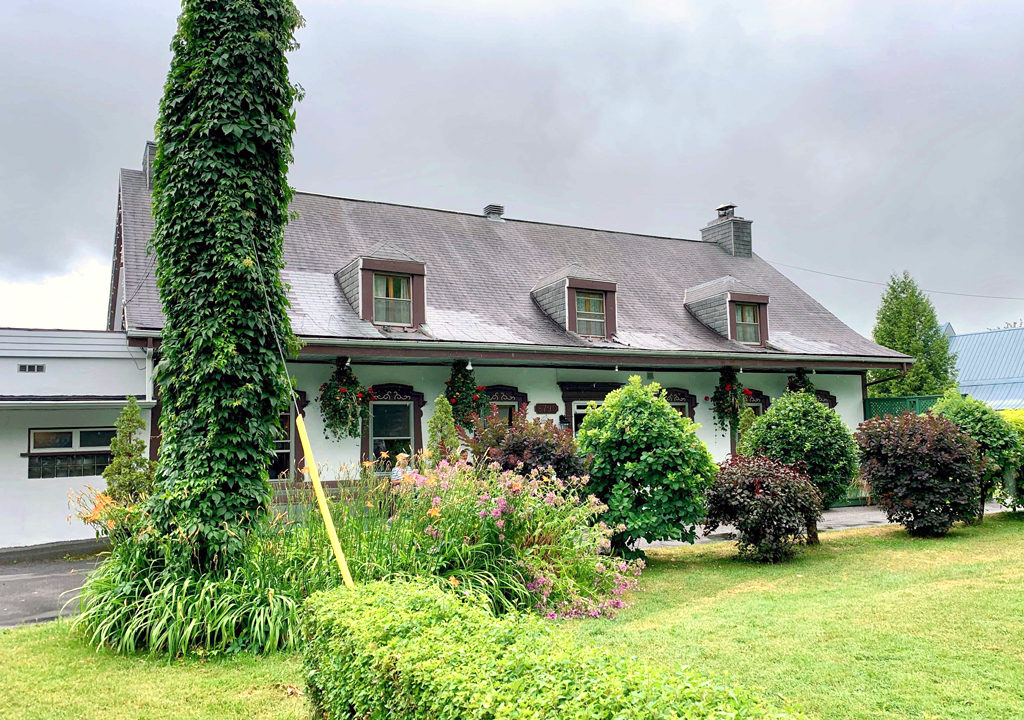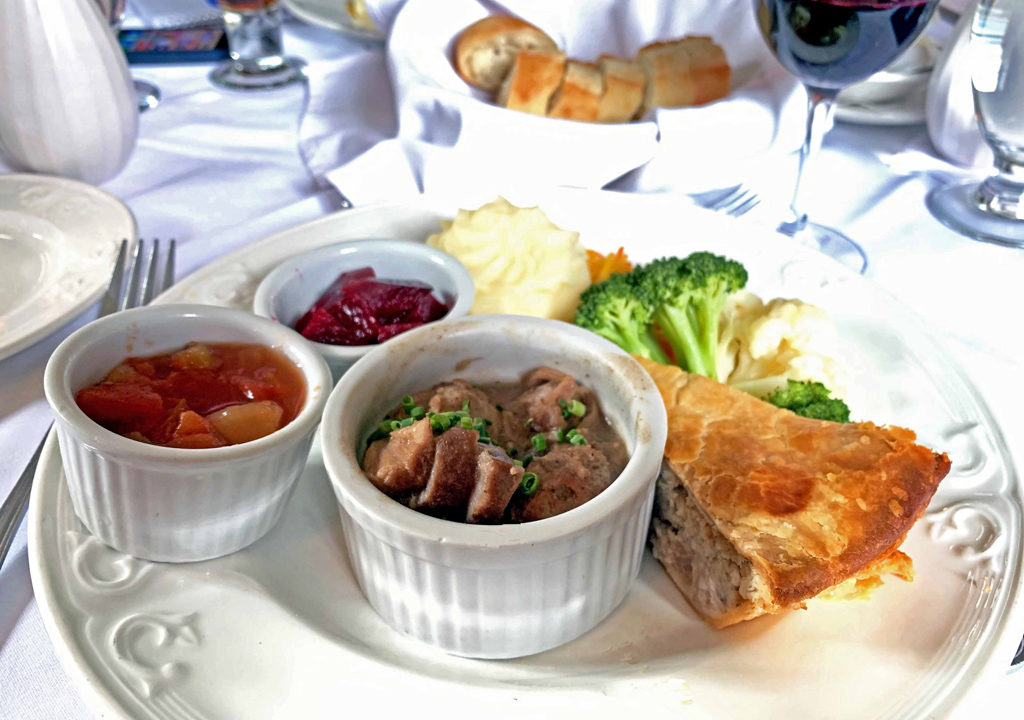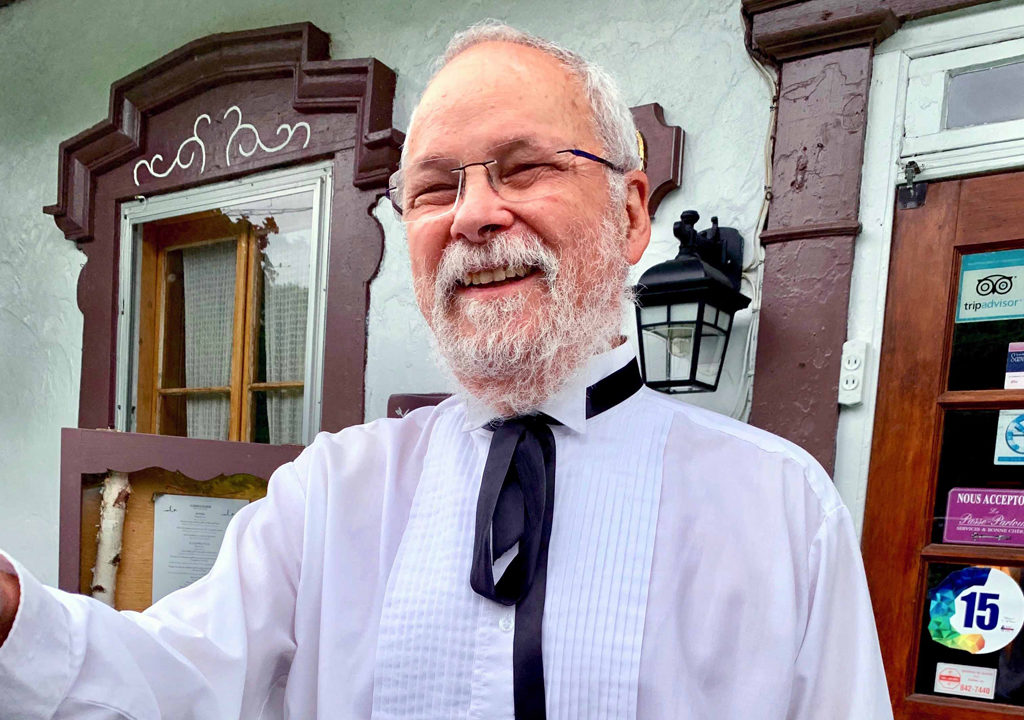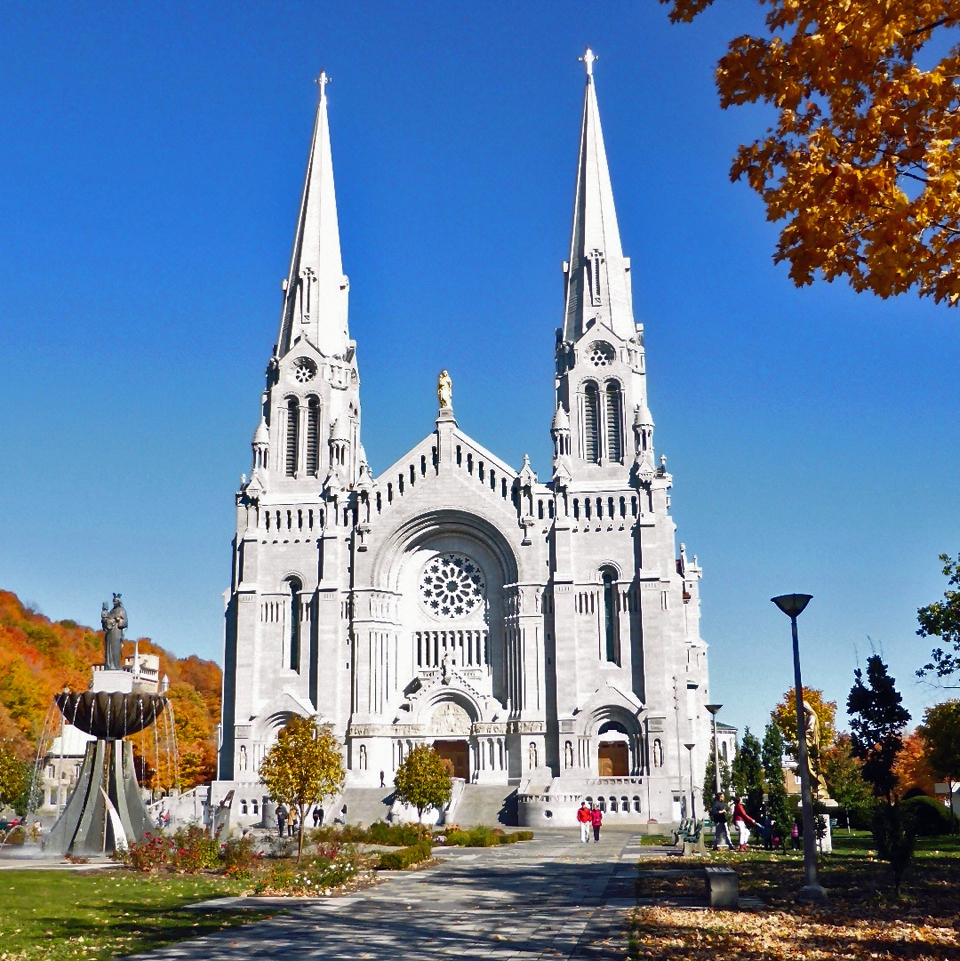Québec City: Live the history
view of Chateau Frontenac from Lower Old Town, Vieux Québec
Take a stroll down Grand Allée and you might feel as if you are strolling down the Champs Elysées in Paris. The capital of the province of Québec is the most European as well as oldest colonial city in North America. Its continental flair and Old World charm attract 4 to 5 million visitors a year.
Grande Allée, Quebec-City
This immersion in the French language, history and culture creates the feeling of being worlds away. People in this tourist-friendly city are, however, fluent in English, making the cultural transition an easy one. The exchange rate and easy access makes this a top vacation value.
Before you arrive, take the time to learn a few French words or phrases, if only bonjour (hello) and merci (thank you). It is appreciated and adds to the fun.
Quebec City wall and gate
Québec City, on the north shore of the St. Lawrence River, is the only fortified city in North America. In the 1970s the government bought and restored the buildings in Vieux-Québec, the Old Town, to preserve its history, heritage, and architecture. It is now a UNESCO World Heritage Site as well as being a popular cruise port.
Upper Town, Vieux Québec Lower Town, Vieux Québec
A city of festivals
There are celebrations and festivals throughout the year, from the the summer Comedy Festival to the largest winter carnival in the world.
Comedy Festival, Quebec City Summer Festival, Quebec City, Canada
Winter Carnival, Quebec City Winter Carnival, Quebec City, Canada
It started with a hat
back side of Canadian nickel beaver pelt on blanket at Wendake, Huron-Wendat Nation reserve
Ever wonder why a beaver is on the back of the Canadian nickel? Fur trading was a lucrative business when the French established Place Royale back in 1608, making Québec City the cradle of French civilization in North America. Beaver pelts were used for felt in the most fashionable and prestigious European hats. The trappers were so successful that the beaver nearly became extinct.
Artefact Bar, Auberge St. Antoine cannons and other archaeological finds found beneath Auberge Saint-Antoine, Quebec City
The British won, so why French?
The many cannons around the city are remnants of the struggles between the French and British for control of this strategic location and capital of New France. The British won the decisive battle on the Plains of Abraham in 1759, gaining control of a vast territory and changing the fate of Canada.
Ordinarily the victor’s culture, language and religion prevails. So why is everyone still speaking French here?
Parliament Building, in the Second Empire style that originated in France
They cut a deal, the Québec Act of 1774, with the Québec elites that preserved the French language and religion and restored French civil law. The clergy was allowed to continue to collect tithes and the feudal lords known as seigneurs continued to collect their rent from tenants.
The architecture
Paris has the Eiffel Tower and Québec City has the iconic Château Frontenac. It towers over the skyline and is the most photographed hotel in the world.
The Chateau Frontenac towers above Quebec City’s Lower Town
Notre Dame Basilica has the only Holy Door outside Europe. Only the Pope can authorize that it be opened for special events like the Jubilee.
This area is a microcosm of the area’s architecture, with French stone buildings, the neoclassical style popular with the British and the Art Deco Price Tower, which soars to heights no longer allowed within the walls.
The Price Tower looms above Quebec City’s Upper Town
Right next door, the Musée de l’Amérique Francophone is filled with treasures from the Seminar de Québec collection. The Québec Seminary was founded in 1608 to train priests to convert the local people. The museum contains one of the largest collections of relics in North America.
Seminary Building, Quebec City
Muséee de l’Amérique francophone, 20th century christening clothing, Seminary altar, Musee de l’Amerique francophone
Here, even ordinary architecture become works of art. The port’s grain silos’ kinetic illuminations of the Aurora Borealis were inspired by the Northern Lights.
Auberge Baker
lunch at Auberge Baker Gaston Cloutier, Auberge Baker
See historic houses and savor traditional cuisine just outside the city along avenue Royale, one of the first roads in North America. Stop for lunch at Auberge Baker, a bed and breakfast in a house built for the Lefrançois/Baker family in 1840. Nearly a century later, Alvin Baker opened it as a charming inn now owned by Gaston Cloutier.
Basilique Ste Anne de Beaupré
Add in a stop at Basilique Sainte Anne de Beaupré, said to be the site of miracles, and Montmorency Falls, at nearly 100 feet, higher than Niagara Falls.
A city to savor
You will want to see the major sites, but Quebec City is a place to savor. Allow enough time to stroll the lanes, browse the local market, explore the little places along the way. Experience the restaurant scene. Feel the history and make your own discoveries.
`

